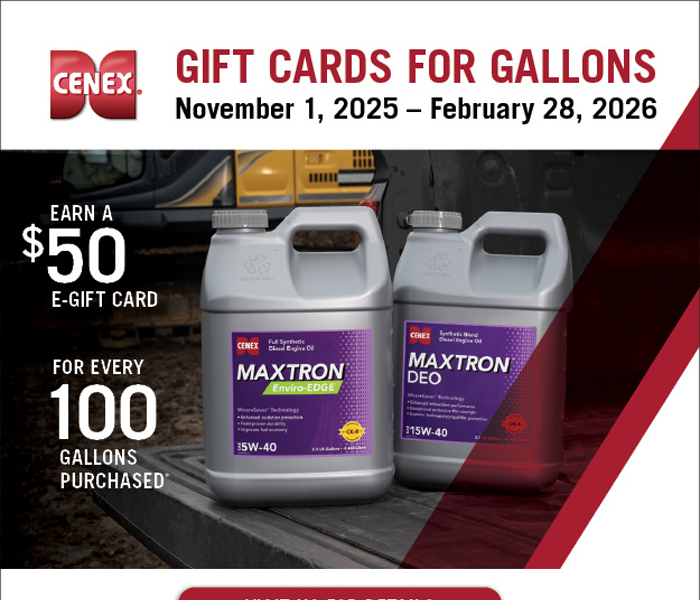Evaluate your feed inventories.
As the growing season continues crops are thankfully starting to look better. Even though things look better we should not forget that the first half of the growing season was extremely dry meaning yields may be down this fall. The rain was welcoming to help increase yields for third crop, but inventories are still light compared to the previous year. With that said, it's time to start checking inventories and discussing strategies to make sure you have enough forage to make it until the next harvest season. Some strategies to ensure this are looking at alternative feed sources to stretch forages, evaluating crops to determine yield and future planning on crop inputs to increase inventories on hand.
First, take a look at what your previous year's forage needs were and compare them to your current feed needs. If inventories are tight, it's a good idea to start looking into forage extenders such as cotton, soyhulls and gluten feed. These will all help lower your overall forage needs for the year. It's better to track inventories now before it becomes a problem, and you have to pull way back on your forages in the ration. By evaluating your needs now, it will help spread increased expenses out over the year versus all at once when you realize inventories aren’t there.
If you normally have carryover, this is the year it paid off. But if you don’t, and you aren’t quite sure if you will have enough forage, it's a good idea to evaluate crops with your agronomist. Together you should be able to get a good idea of where the yields will to determine what your next move is. Hopefully there will be enough to get you through but if not, the listed feedstuffs above are a good place to start and determine what fits best on your farm in your diets to make sure you make it until the next harvest season.
Even if you are one of the lucky ones who has carryover or will yield enough to get you through the year, it's smart to start planning for next year's needs. Talking with your nutrition consultant and agronomist to determine what your needs will be will help ensure inventories are in good supply come the following year. Not everyone is able to carryover feed due to land shortages or storage ability but looking ahead at improving those can help prevent shortages and increase cost when we have years like this. It's always recommended to have a few months carryover to let the new crop ferment.
It’s always easier said than done but now is the time to take action. You may have plenty of feed on the farm with three hay crops in and a fourth to come, along with silage to be harvested, but just because there seems to be a lot of feed now doesn’t mean it will be enough to get you through the year. Take the time to take accurate inventories and start planning if forage replacers are needed. Planning for the future can help save you from costly investments later down the road that could have otherwise been avoided. Future planning is always a good idea not only when looking at forage inventories but in all aspects of your operations. Your Premier nutritionist is here to help you evaluate your feed inventories. Contact them today for their assistance.
Craig Wagner
Dairy Nutritionist




